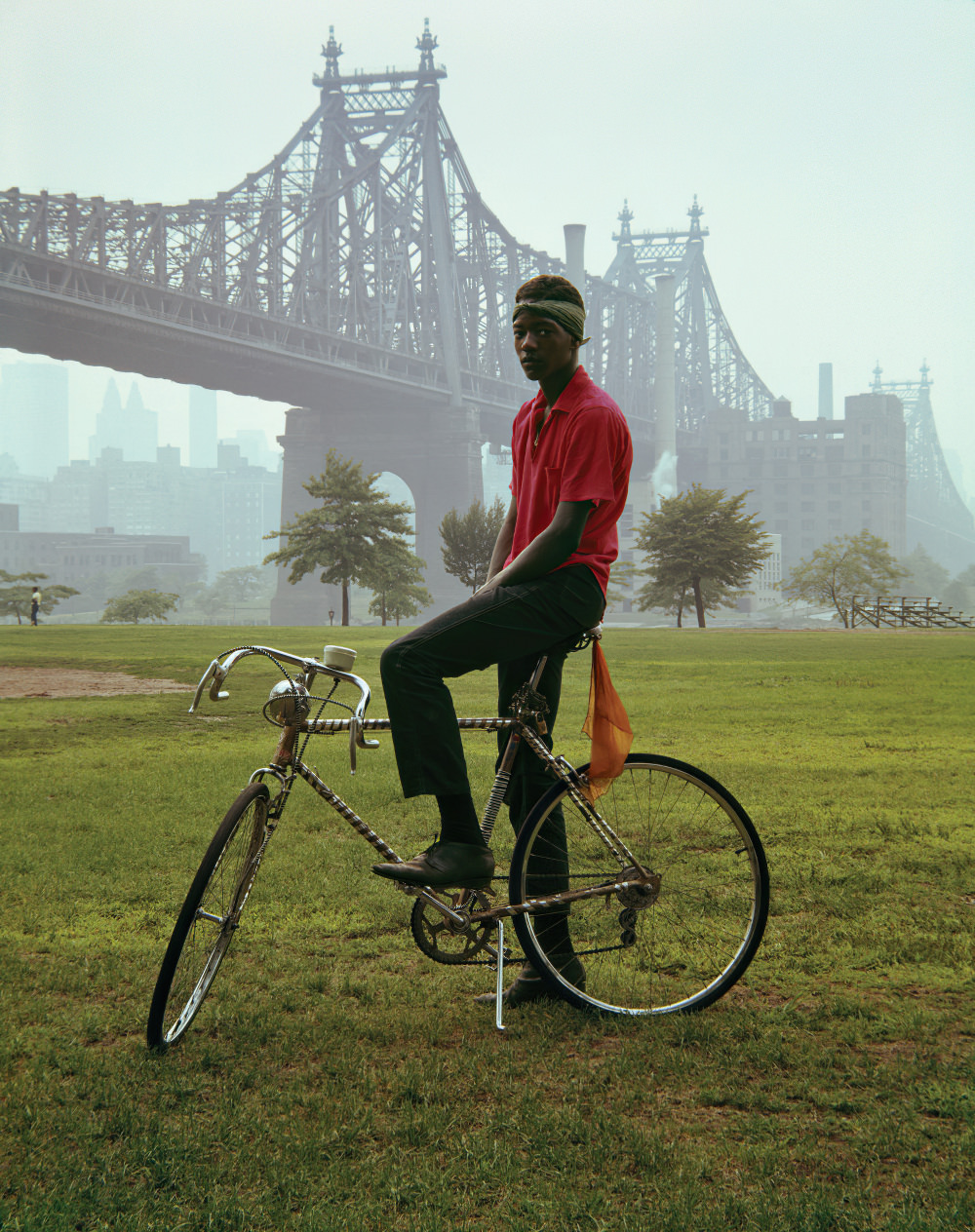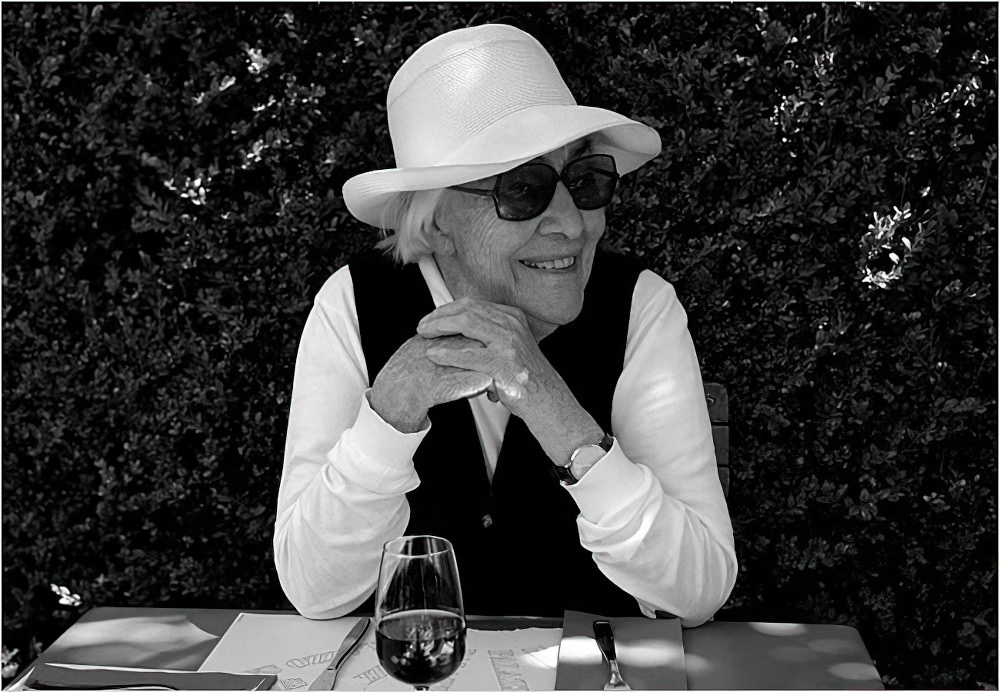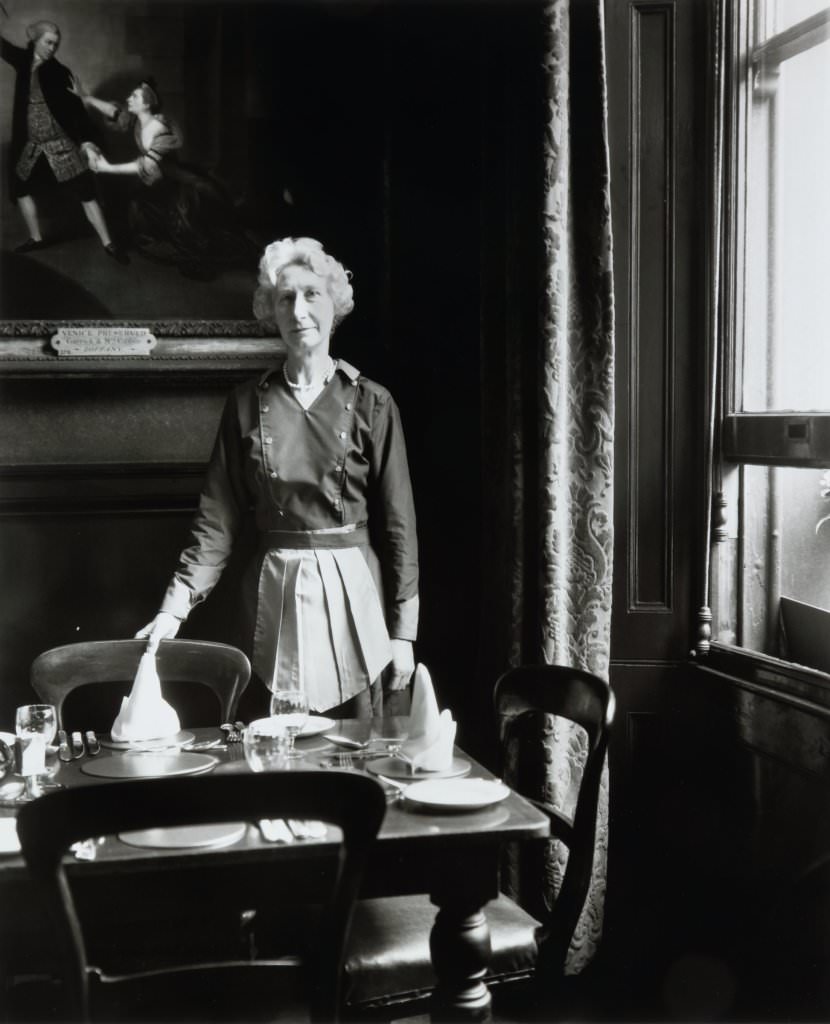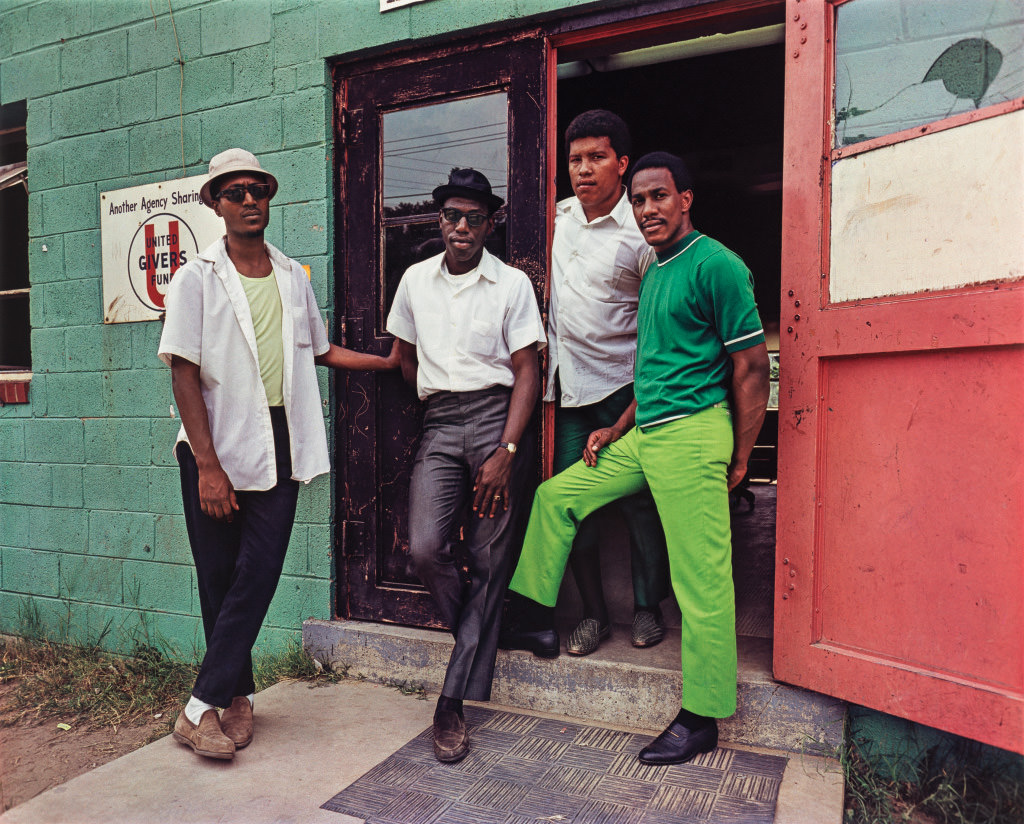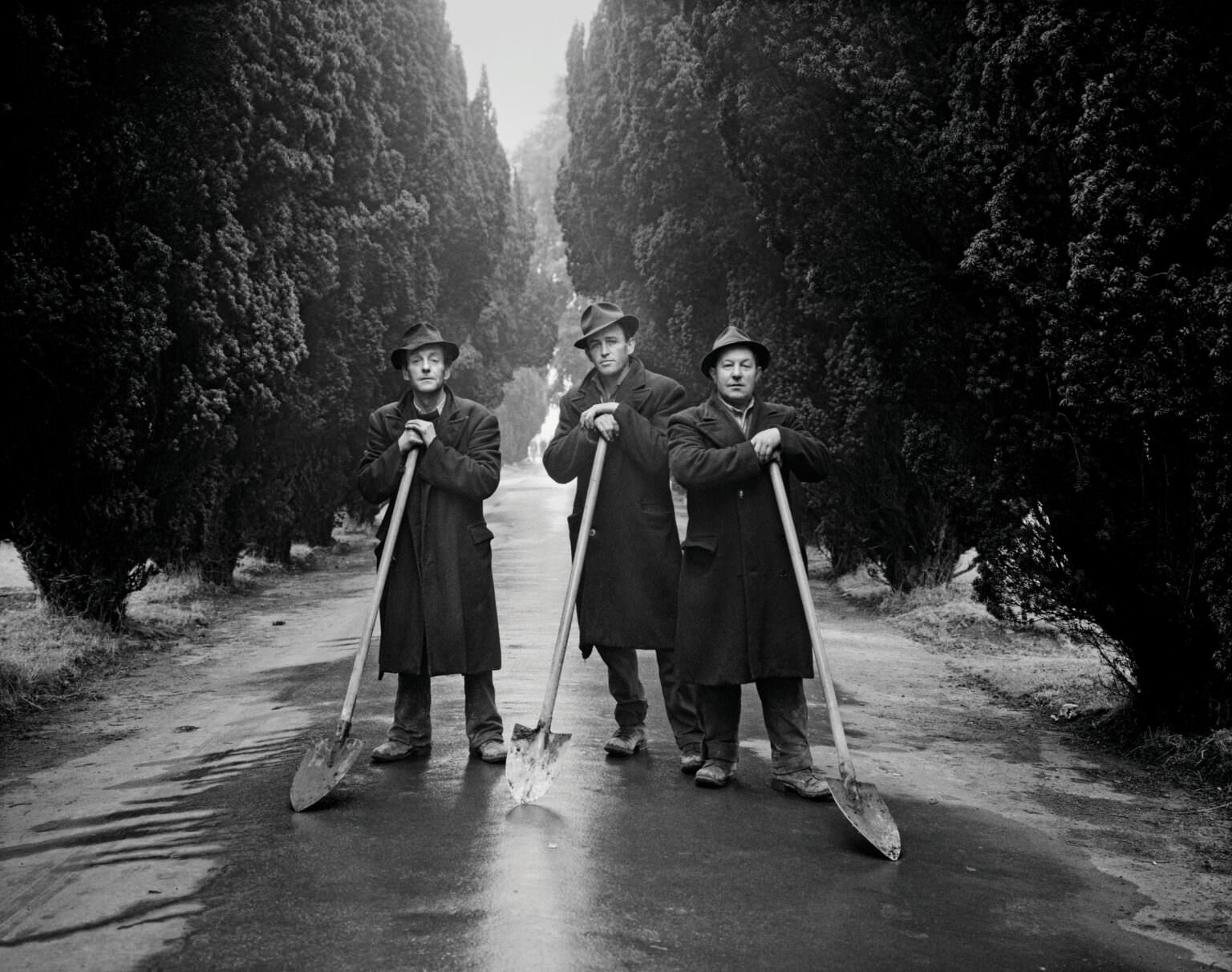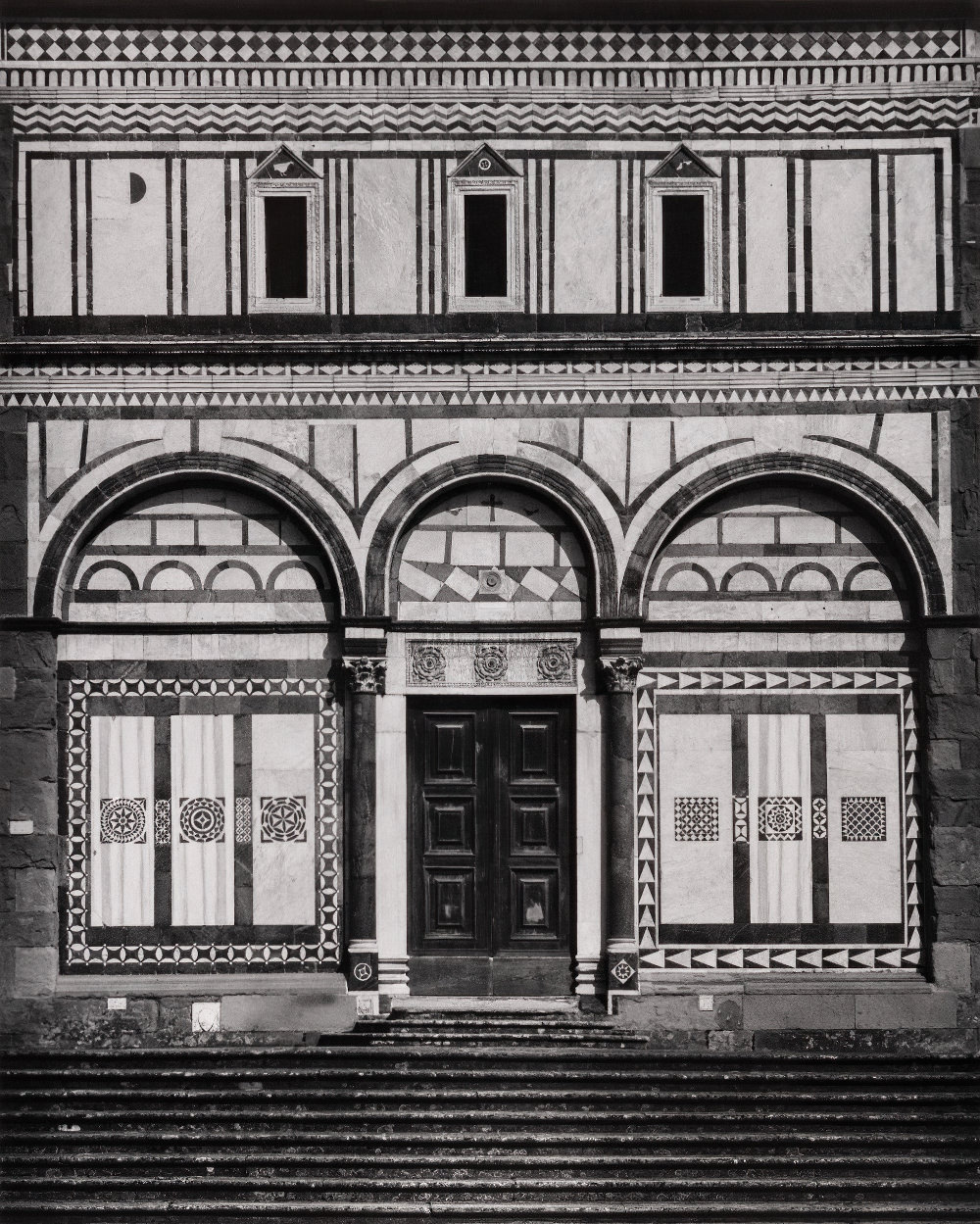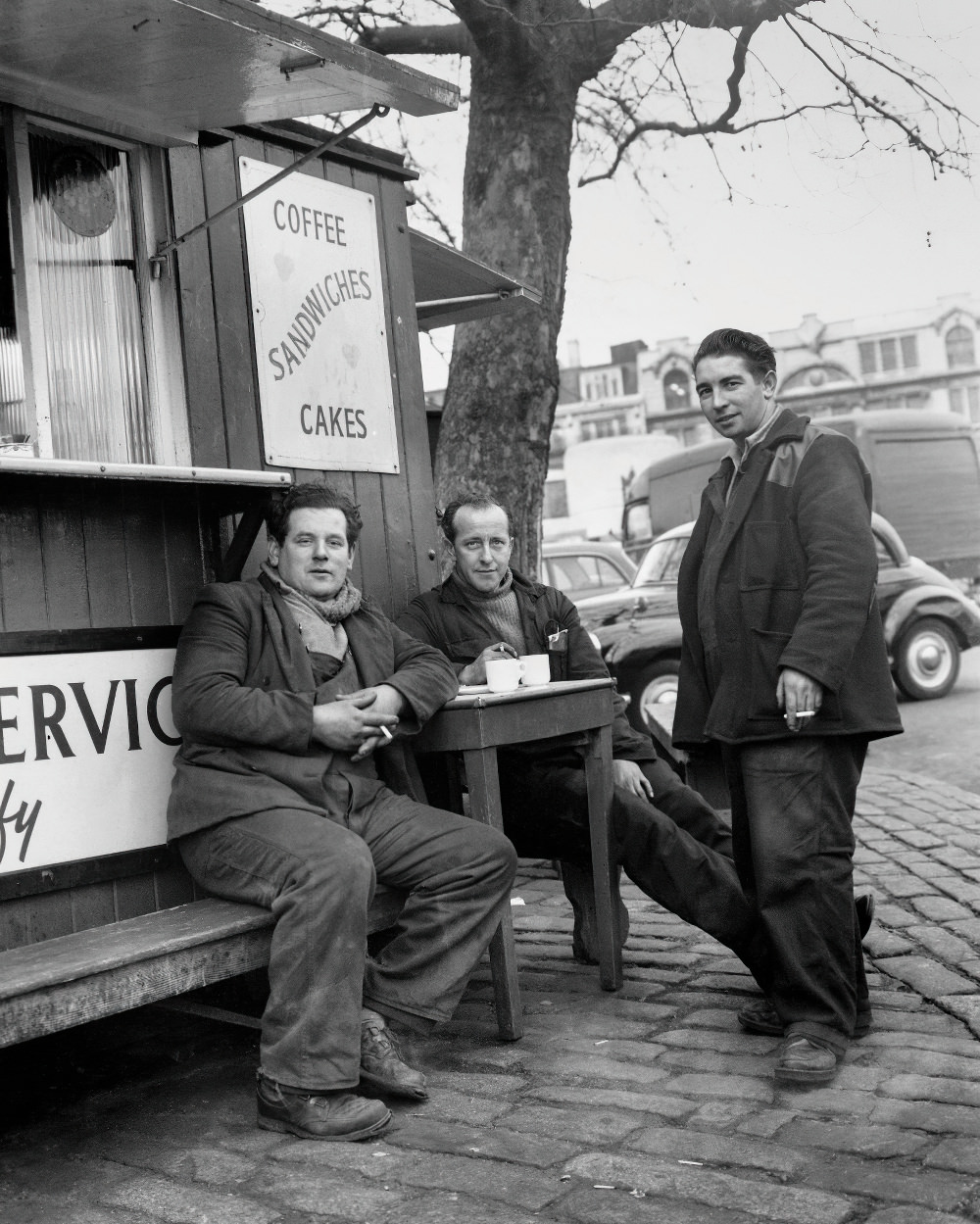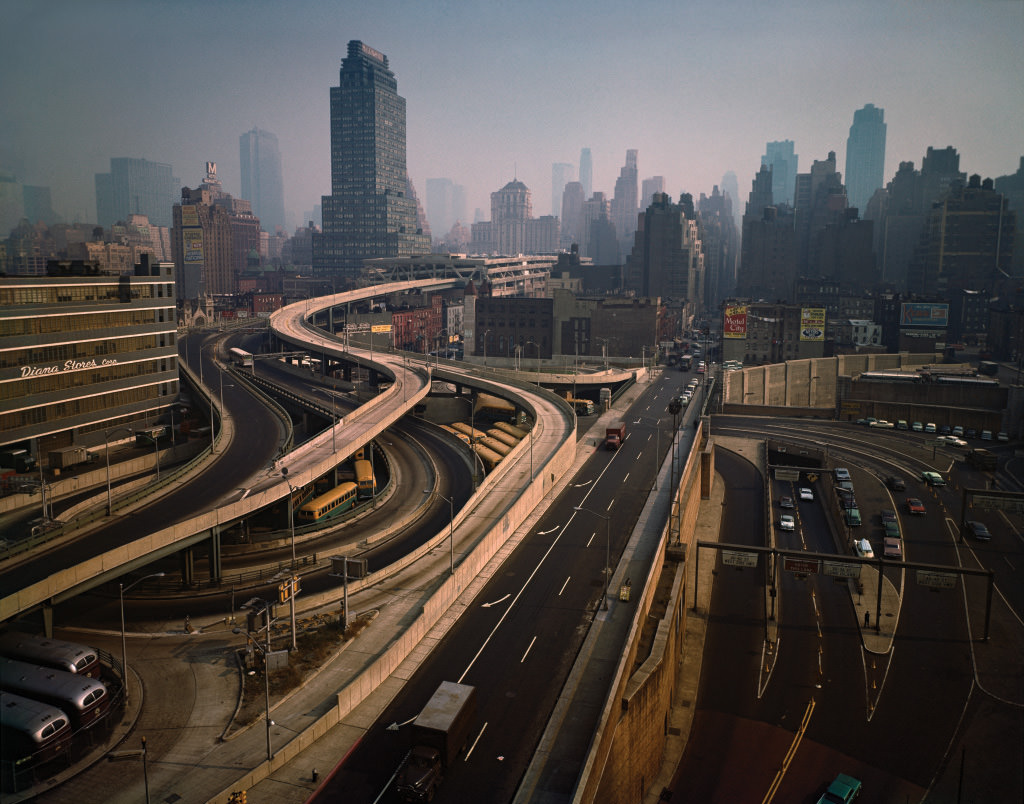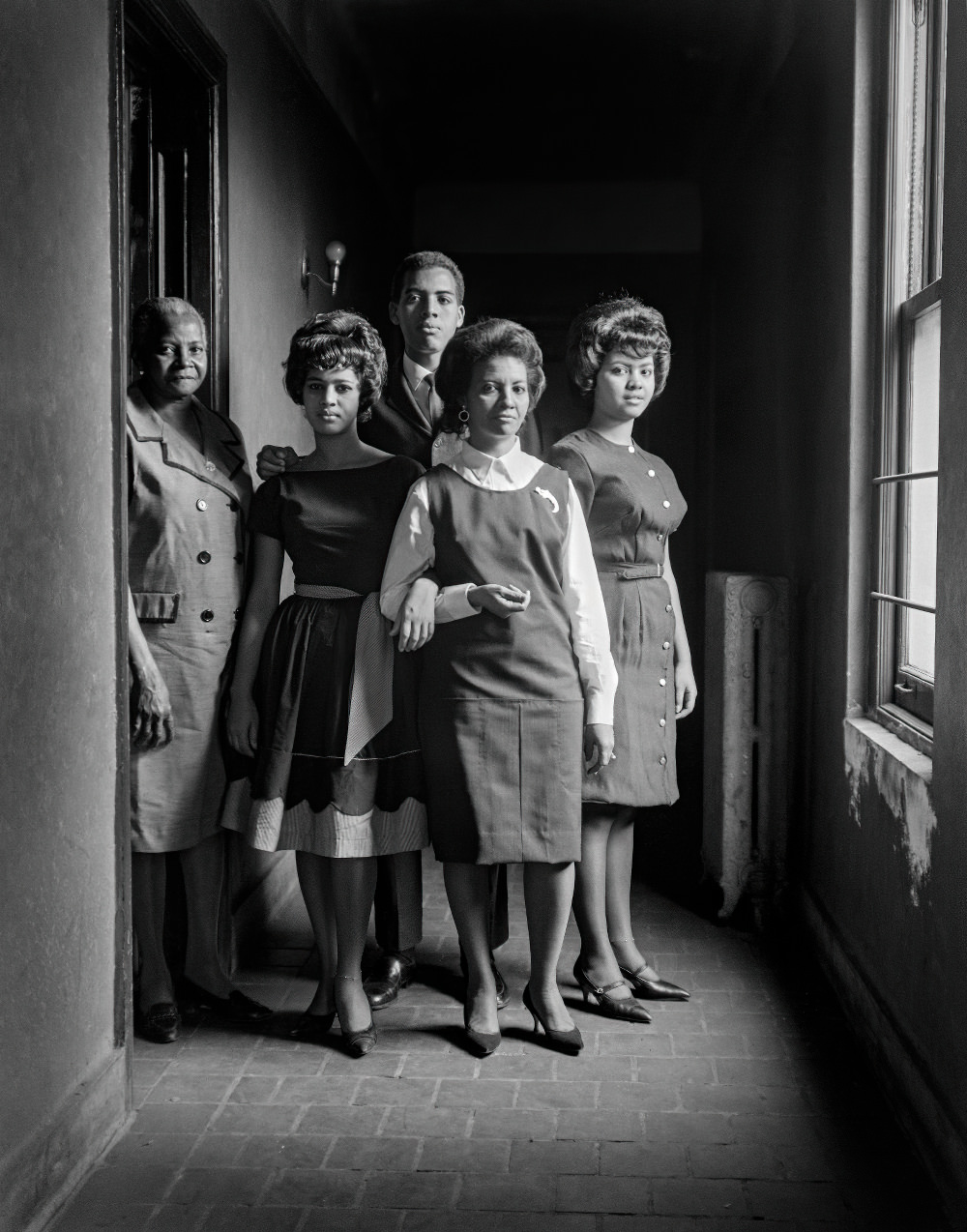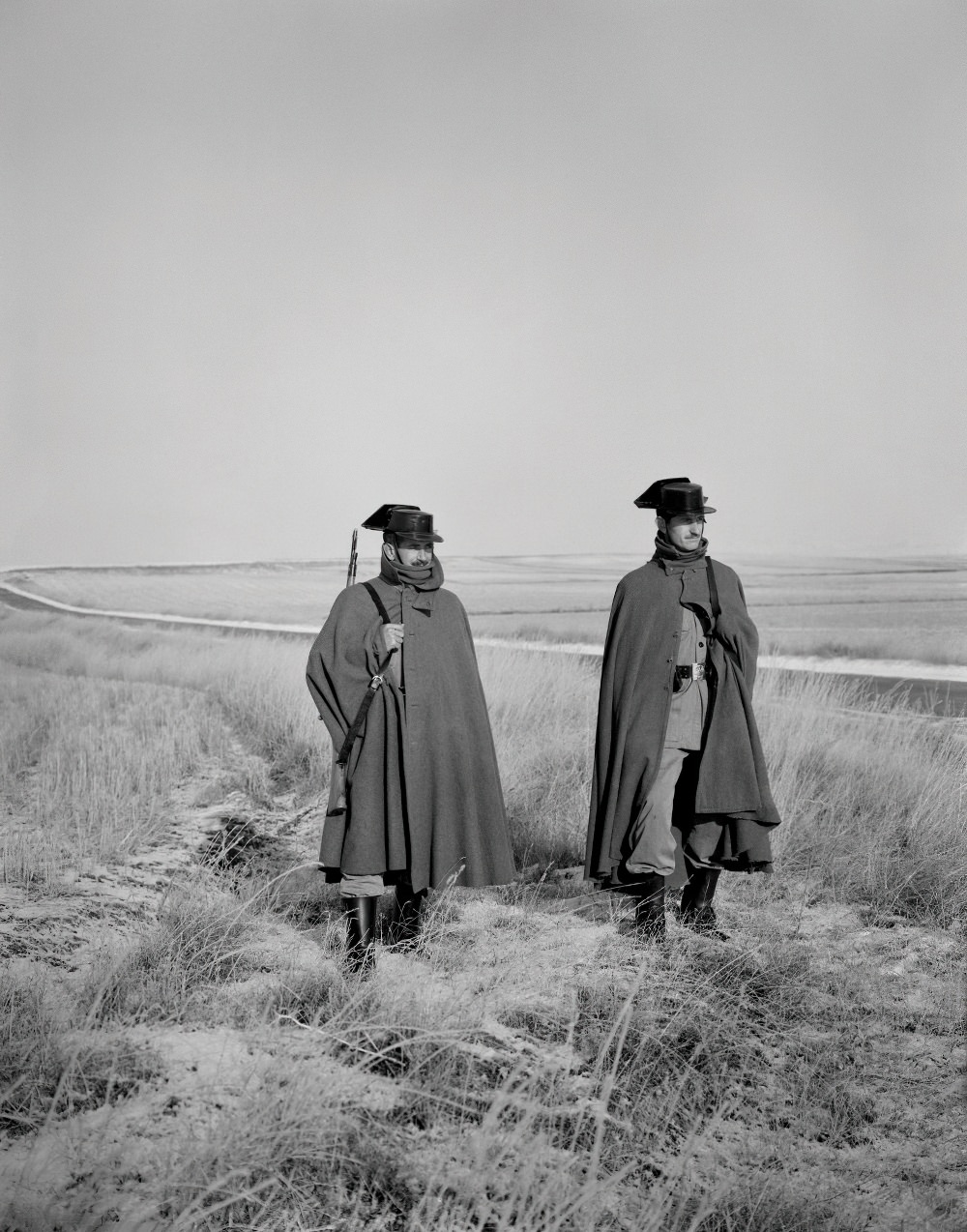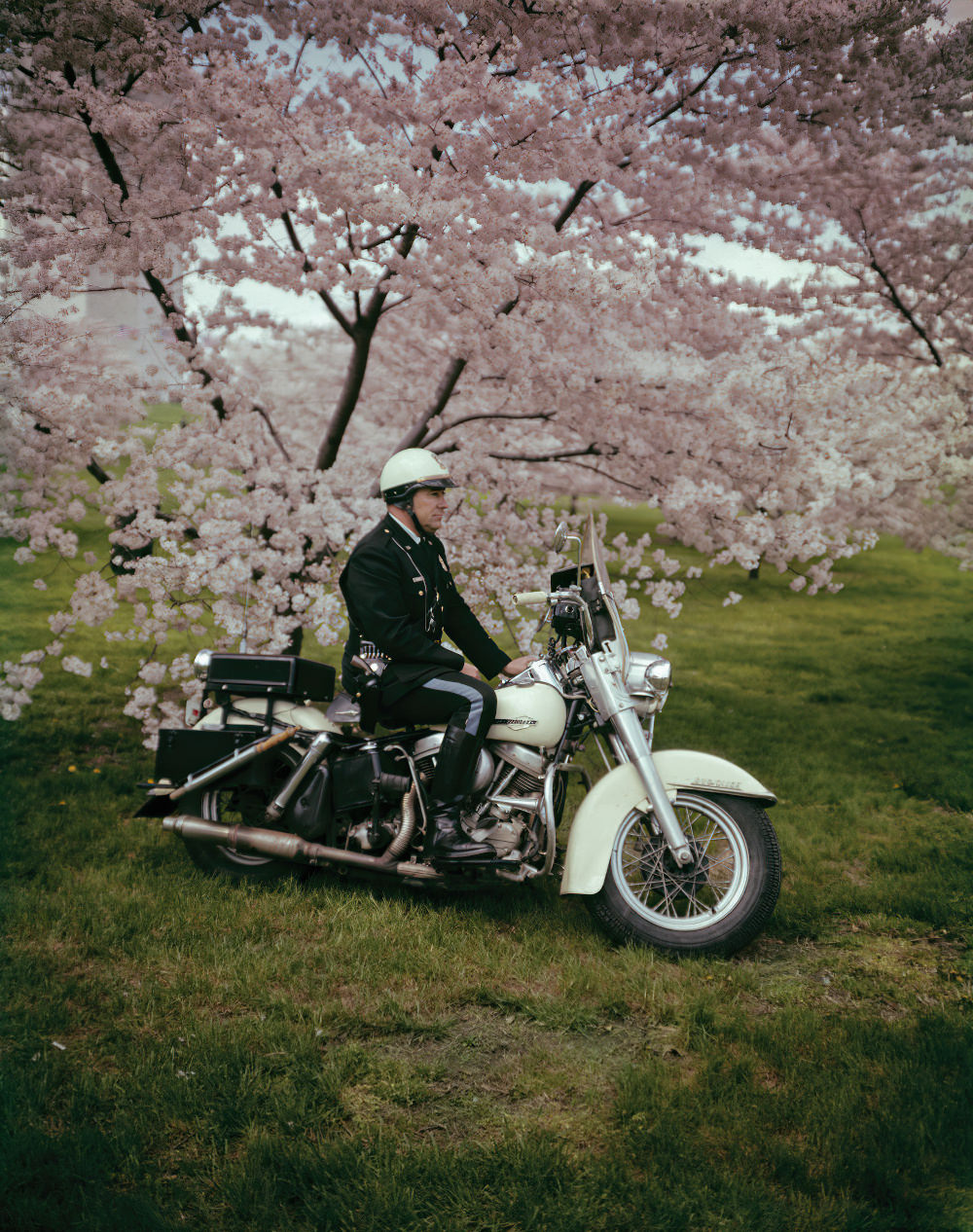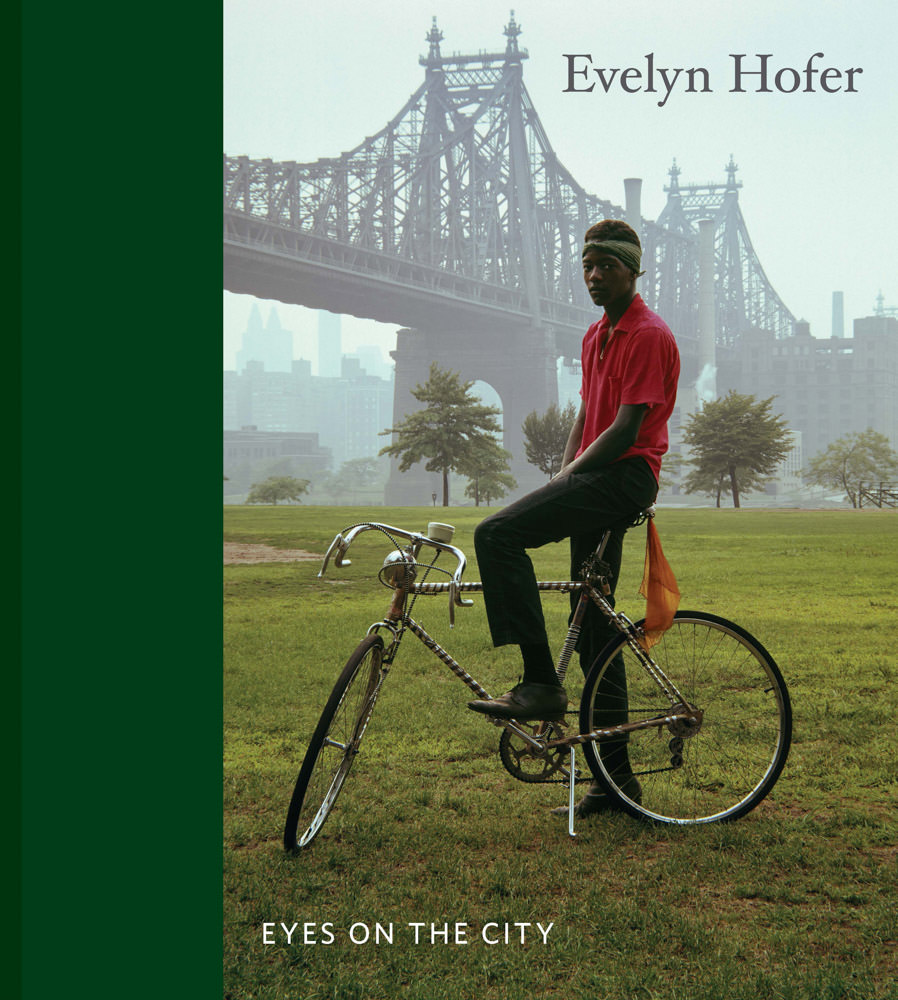Evelyn Hofer: Eyes on the City
Evelyn Hofer was a highly innovative photographer whose prolific career spanned five decades. Despite her extraordinary output, she was underrecognized during her lifetime and was notably referred to by New York Times art critic Hilton Kramer as “the most famous unknown photographer in America.” She made her greatest impact through a series of photobooks, published throughout the 1960s, devoted to European and American cities, including Florence, London, New York, Washington and Dublin, and a book focused on the country of Spain.
Comprising more than 100 photographs in both black and white and color, Eyes on the City accompanies the artist’s first major museum exhibition in the United States in over 50 years and is organized around her photobooks. The photographs feature landscapes and architectural views combined with portraiture, conveying the unique character and personality of these urban capitals during a period of intense structural, social and economic transformations after World War II.
About the Author
Evelyn Hofer was born in Marburg, Germany in 1922 and died in 2009 in Mexico City. In the years in between, Hofer created a body of work that both looked back to the tradition of August Sander and anticipated the color work of William Eggleston, causing her to be called “the most famous unknown photographer in America” by New York Times art critic Hilton Kramer – a devout supporter of her work.
Hofer’s work has influenced such photographers as Thomas Struth, Joel Sternfeld, Adam Bartos, Rineke Dijkstra, Judith Joy Ross, and Alex Soth. There have been retrospectives of her work at the Musée de l’Elysée in Lausanne (1994); the Aarggauer Kunsthaus in Switzerland (2004); and the Fotomuseum The Hague (2006). Last year her work was shown in Munich’s Villa Stuck as part of the Goetz Collection in the exhibition “Street Life and Home Stories” alongside the work of the photographers William Eggleston, August Sander, Diane Arbus, Thomas Struth, and Nan Goldin. When Hofer was eleven her family fled Nazi Germany for Switzerland. She decided she wanted to be a photographer and set about it methodically. She began with an apprenticeship at the Studio Bettina, a portrait studio, and took private lessons with Hans Finsler, one of the pioneers of the “New Objectivity” movement.
Hofer’s studies covered everything from photographic technique to art theory. She didn’t just learn composition and the underlying theories of aesthetics, she also learned the chemistry involved in producing prints. Beginning in the early 1960s she became one of the first fine art photographers to adopt the use of color film and the complicated dye transfer printing process as a regular practice. Throughout her long career, Hofer continued to shoot in both color and black and white – determining which was the more apt for the picture at hand.
In the middle 1950s Hofer’s career took an important turn when the writer Mary McCarthy asked her to provide the photographs for The Stones of Florence, a literary exploration of the history and culture of that city. Over the next forty years Hofer collaborated with writers including V.S. Pritchett and Jan (James) Morris to produce books on Spain, Dublin, New York City, London, Paris, Switzerland, and Washington, D.C. in which she mixed portraits and land or cityscapes.
Working with a cumbersome 4 x 5 inch viewfinder camera, Hofer always photographed her subjects where she found them, but favored carefully composed scenes with a still, timeless aura. Almost in opposition to the on-the-fly work of her contemporaries Eggleston and William Klein, Hofer used extraordinary patience to slow the world down, examine its conditions, and capture the exact image that she envisioned, searching for an “inside value, some interior respect” in the people she photographed.
Hofer’s goal was to go beyond documentary photography to create a subjective interpretation of the world, conveying both the spirit of the time and a timeless message. A street photographer of a different stripe, Hofer’s street pictures convey the artist’s concern with sociological connections and offer a pointed look at society and its conditions. Her trades-people and toffs, her families and social groups are more than just intimate portraits – they epitomize the possibilities and restrictions of the human condition.
Late in her life, when asked for her thoughts on being called “the most famous unknown photographer in America.” She said she liked it. She understood that what mattered was the work, not personal fame. (via Danzigergallery.com)
Evelyn Hofer: Eyes on the City
March 24 – August 13, 2023
High Museum of Art – Atlanta – Usa

